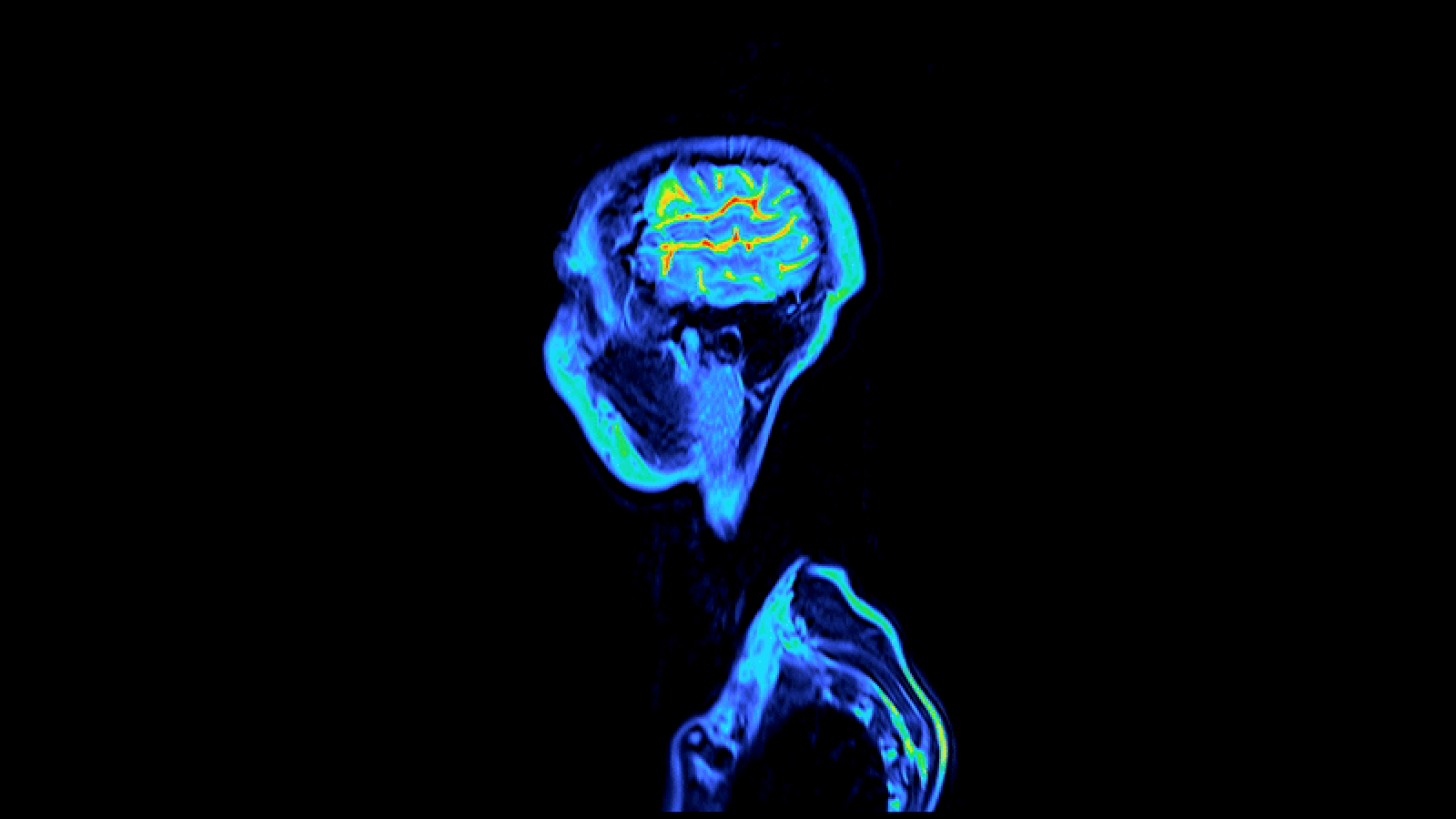Infant 'Water on the Brain' Linked to Fat Molecule

Babies born with hydrocephalus, also called "water on the brain," may be suffering the effects of a fat molecule called LPA, a new study in mice suggests.
Until now the cause of this disorder, in which fluid builds up inside the head, was not known. Fetal hydrocephalus affects about 1 in 1,500 newborns each year and can lead to head enlargement, brain damage and death.
The findings may lead to a way to treat hydrocephalus using medication that prevents this fat molecule, called lysophosphatidic acid (LPA), from binding to cells. Currently, no drugs for this condition exist.
"It offers a rational, therapeutic approach to stopping or attenuating…the bad [effects] of the disease," said study researcher Dr. Jerold Chun, a professor of neuroscience at the Scripps Research Institute in La Jolla, Calif.
Right now, the only way to treat the condition is with surgery to place a shunt in the brain to drain the fluid. However, the surgery comes with risks, including infection, and treats the symptoms of the disease, rather than its underlying cause, Chun said.
More research is needed to determine whether the results will hold true in people, the researchers said. But Chun said some of the same defects that have been observed in people were also seen in the mice, giving the researchers reasons to think their findings will apply to humans.
The study is published today (Sept. 7) in the journal Science Translational Medicine.
Sign up for the Live Science daily newsletter now
Get the world’s most fascinating discoveries delivered straight to your inbox.
Fetal hydrocephalus
Hydrocephalus occurs when cerebrospinal fluid, which normally surrounds and cushions the brain, builds up. This can put pressure on the brain, leading to brain damage. If left untreated, 50 to 60 percent of patients will die, according to the National Institutes of Health.
Some cases of fetal hydrocephalus have been linked with bleeding in the brain, so the researchers thought factors within blood might induce the condition.
To mimic the effects of bleeding in the brain, Chun and colleagues exposed the brains of fetal mice, still in the womb, to blood. Up to half of these mice developed hydrocephalus. None of the control mice, whose brains were exposed to a lab-made solution instead of blood, developed hydrocephalus.
Further, when fetal mice were injected with LPA, 100 percent of them developed hydrocephalus. All these mice died within two to six weeks after birth.
Prevention
LPA binds to a protein, called the LPA receptor, on the surface of particular brain cells. Chun said when the brain gets too much LPA, as it would during a hemorrhage, this binding disrupts the development of the cells. Some of these brain cells are involved in regulating the normal flow of cerebrospinal fluid.
"A bleeding episode is like giving a drug overdose of LPA to the brain. You're filling the brain with much more LPA than is normally there," Chun said, "and that produces these changes."
Giving the mice a drug to block the LPA from binding to the receptor prevented the development of hydrocephalus.
The new study "is an important step forward in understanding the cause," of hydrocephalus that occurs after a hemorrhage, James McAllister, director of basic hydrocephalus research at the University of Utah School of Medicine, wrote in an editorial accompanying the study.
"In addition, this study provides new therapeutic opportunities for developing drugs that could help in the clinical management of this serious neurological disorder of newborns," McAllister said.
Pass it on: A fat molecule called LPA may contribute to fetal hydrocephalus.
This story was provided by MyHealthNewsDaily, a sister site to LiveScience. Follow MyHealthNewsDaily staff writer Rachael Rettner on Twitter @RachaelRettner. Like us on Facebook.

Rachael is a Live Science contributor, and was a former channel editor and senior writer for Live Science between 2010 and 2022. She has a master's degree in journalism from New York University's Science, Health and Environmental Reporting Program. She also holds a B.S. in molecular biology and an M.S. in biology from the University of California, San Diego. Her work has appeared in Scienceline, The Washington Post and Scientific American.












